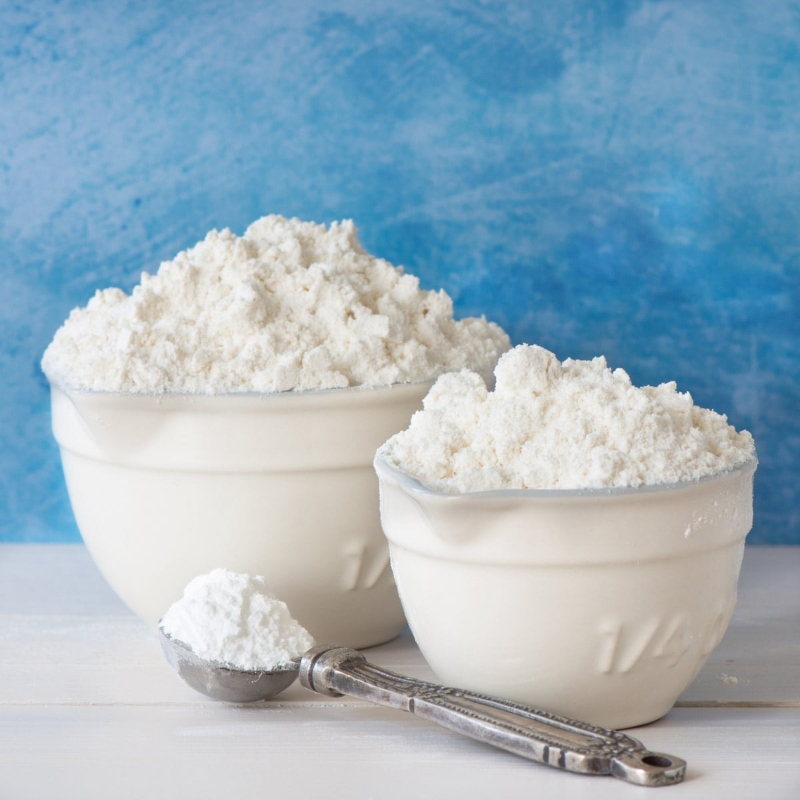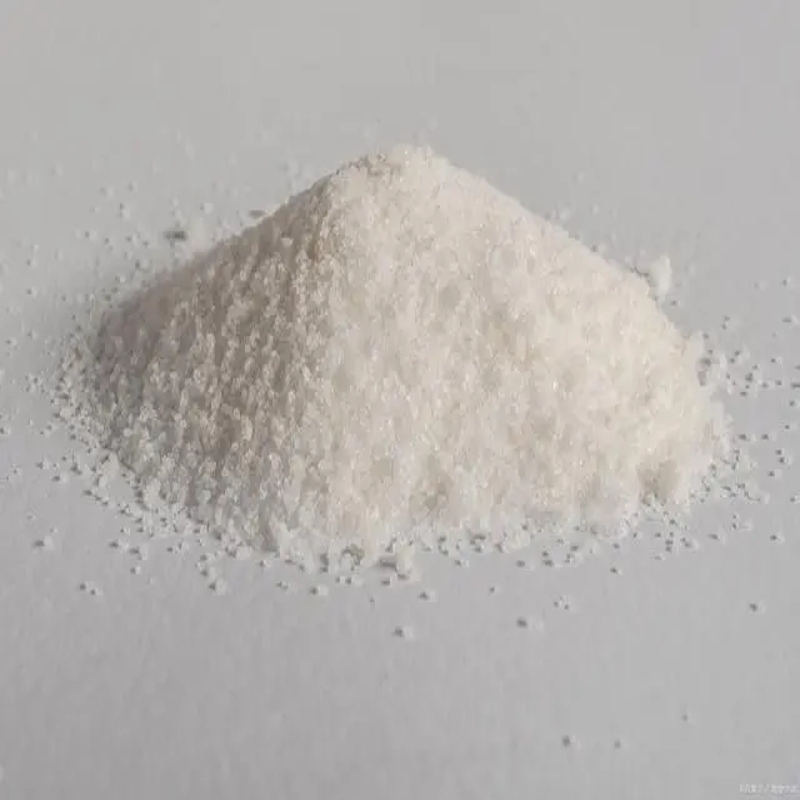-
Categories
-
Pharmaceutical Intermediates
-
Active Pharmaceutical Ingredients
-
Food Additives
- Industrial Coatings
- Agrochemicals
- Dyes and Pigments
- Surfactant
- Flavors and Fragrances
- Chemical Reagents
- Catalyst and Auxiliary
- Natural Products
- Inorganic Chemistry
-
Organic Chemistry
-
Biochemical Engineering
- Analytical Chemistry
- Cosmetic Ingredient
-
Pharmaceutical Intermediates
Promotion
ECHEMI Mall
Wholesale
Weekly Price
Exhibition
News
-
Trade Service
As a major manufacturer and demand for photovoltaic products, the changes in supply and demand in China's polysilicon market directly affect the international photovoltaic industry
.
According to statistics from relevant agencies, the main sources of polysilicon in the Chinese market are overseas imports and domestic production
.
According to EnergyTrend, more than 80% of the upstream polysilicon in the solar industry is processed into wafers in China, so the demand for polysilicon in China has remained high
.
To this end, China's polysilicon imports once again exceeded a record high in 2016, and there was also a large-scale expansion wave in China
.
However, both institutions and authoritative experts predict that China's overall PV market in 2017 is expected to decline compared with 2016, so the demand for polysilicon is likely to decrease
.
This will inevitably lead to an oversupply of polysilicon in China, which in turn will cause polysilicon prices to fall
again.
At present, double-reverse seems to have become a powerful weapon
for China to regulate polysilicon prices.
According to the Silicon Industry Branch of the China Nonferrous Metals Association, the four major regions of China's polysilicon imports in 2016 were South Korea, Germany, the United States and Taiwan, with a total import volume of 124,940 tons, accounting for nearly ninety percent
of the total polysilicon imports.
In the U.
S.
, polysilicon imports increased to 9.
8 percent in December since the change in trade relations between China and the United States after November 2016, a monthly increase of 93.
3 percent
.
The effect of regulation is minimal; Therefore, China's anti-dumping duties on South Korea have become the largest variable in polysilicon trade, and South Korea was the largest importer of polysilicon in China in 2016, with a total import volume of 49.
7%, reaching 70,090 tons, so China's related measures against South Korea will directly affect the amount
of polysilicon in China.
As a major manufacturer and demand for photovoltaic products, the changes in supply and demand in China's polysilicon market directly affect the international photovoltaic industry
.
According to statistics from relevant agencies, the main sources of polysilicon in the Chinese market are overseas imports and domestic production
.
According to EnergyTrend, more than 80% of the upstream polysilicon in the solar industry is processed into wafers in China, so the demand for polysilicon in China has remained high
.
To this end, China's polysilicon imports once again exceeded a record high in 2016, and there was also a large-scale expansion wave in China
.
However, both institutions and authoritative experts predict that China's overall PV market in 2017 is expected to decline compared with 2016, so the demand for polysilicon is likely to decrease
.
This will inevitably lead to an oversupply of polysilicon in China, which in turn will cause polysilicon prices to fall
again.
At present, double-reverse seems to have become a powerful weapon
for China to regulate polysilicon prices.
According to the Silicon Industry Branch of the China Nonferrous Metals Association, the four major regions of China's polysilicon imports in 2016 were South Korea, Germany, the United States and Taiwan, with a total import volume of 124,940 tons, accounting for nearly ninety percent
of the total polysilicon imports.
In the U.
S.
, polysilicon imports increased to 9.
8 percent in December since the change in trade relations between China and the United States after November 2016, a monthly increase of 93.
3 percent
.
The effect of regulation is minimal; Therefore, China's anti-dumping duties on South Korea have become the largest variable in polysilicon trade, and South Korea was the largest importer of polysilicon in China in 2016, with a total import volume of 49.
7%, reaching 70,090 tons, so China's related measures against South Korea will directly affect the amount
of polysilicon in China.







